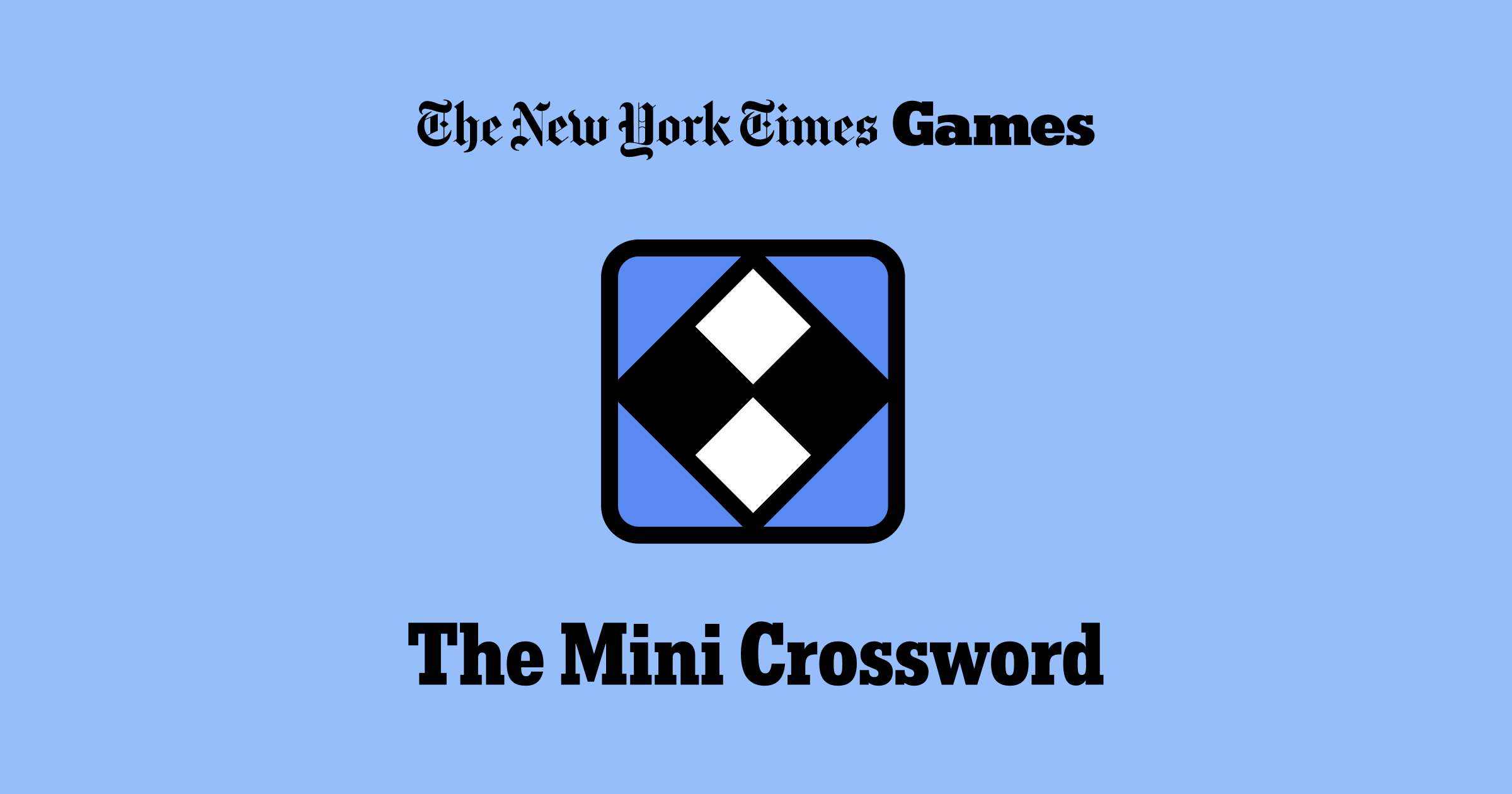Reduced Budgets, Reduced Accessibility: The State Of Gaming

Table of Contents
The Impact of Budget Cuts on Accessibility Features
Game developers, facing pressure to deliver high-quality titles within tighter budgets, often prioritize core gameplay mechanics over accessibility features. These features, while crucial for inclusive gameplay, are frequently seen as secondary or even expendable, leading to a decline in the overall accessibility of modern games. This prioritization negatively impacts the experience for a significant portion of potential players.
-
Reduced funding for accessibility consultants and user testing with disabled gamers: Meaningful consultation with accessibility experts and disabled players is crucial for creating truly inclusive games, yet these essential steps are often the first to be cut. This lack of input leads to poorly designed or ineffective accessibility features.
-
Fewer resources dedicated to developing and implementing assistive technologies: Developing advanced assistive technologies, such as sophisticated controller remapping or AI-powered audio descriptions, requires significant investment. Budget cuts directly limit the scope and quality of these vital tools.
-
Limited scope of accessibility features included in games, often focusing only on the most basic options: Many games offer only rudimentary accessibility options, such as subtitle toggles, neglecting more complex needs like adjustable sound mixing or customizable control schemes.
-
Post-launch accessibility updates becoming less frequent or entirely absent: Accessibility often requires iterative improvement based on player feedback. Budget constraints frequently limit the possibility of post-launch patches and updates to address accessibility concerns.
-
Prioritization of visual fidelity over functional accessibility: The pursuit of high-resolution graphics and complex visual effects often overshadows the importance of creating a functionally accessible game experience for players with visual impairments or other disabilities.
The Growing Demand for Accessible Gaming
Despite the challenges, the gaming community is increasingly vocal about the need for greater accessibility. A significant portion of the player base has disabilities, and excluding them limits the potential audience and market reach. Ignoring this demand represents a significant missed opportunity for the industry.
-
Increased awareness of disability issues within the gaming community: Through social media and dedicated advocacy groups, awareness of accessibility issues in gaming has grown significantly, leading to greater demand for inclusive titles.
-
Growing demand for games with comprehensive accessibility settings: Players are actively seeking games that offer a wide range of customizable accessibility options tailored to their specific needs. This demand is driving a shift in consumer expectations.
-
Rise of disability advocacy groups within the gaming sphere: These groups are actively working to raise awareness, lobby developers, and hold the industry accountable for improving accessibility.
-
Increased social media pressure on developers to improve accessibility: Social media provides a powerful platform for players to express their concerns and demand greater accessibility in their favorite games.
-
Players with disabilities are actively reviewing and rating games based on accessibility: Online reviews now frequently include accessibility considerations, influencing purchasing decisions and putting pressure on developers to prioritize inclusivity.
Specific Accessibility Features Affected by Budget Constraints
Many specific accessibility features are disproportionately affected by budget cuts. The cost and time required for these features make them particularly vulnerable when budgets are tight.
-
Subtitle options: High-quality subtitles, including speaker identification, sound descriptions (audio descriptions), and accurate timing, are costly to produce and require specialized expertise.
-
Controller customization: Advanced controller remapping and alternative input methods, such as switch controllers or eye-tracking, require significant development time and resources.
-
Colorblind modes: Developing effective colorblind modes requires thorough testing and iteration across various types of color blindness to ensure they are genuinely helpful.
-
Adaptive difficulty settings: Creating well-balanced adaptive difficulty modes that challenge players without frustrating them requires substantial game design expertise.
-
Narrative accessibility: Features such as audio descriptions for visuals, simplified user interfaces (UI), and alternative control schemes for narrative experiences are frequently cut due to perceived budgetary constraints.
The Long-Term Consequences of Reduced Accessibility
The ongoing trend of reduced accessibility in gaming has far-reaching consequences for the industry and the players it serves. It's not simply a matter of ethics; it's about market viability and the overall health of the gaming ecosystem.
-
Loss of potential players and revenue from the disabled gaming community: Excluding a significant portion of the gaming population directly impacts potential sales and revenue for game developers and publishers.
-
Damage to the reputation of game developers and publishers who prioritize profits over inclusivity: A perception of neglecting accessibility can significantly damage a company's brand and reputation.
-
Limited innovation in accessible game design: Budget cuts stifle innovation and the development of new and improved accessibility solutions, hindering progress in the field.
-
Reduced overall quality and enjoyment of games for all players: Well-designed accessibility features often benefit all players, making the game more enjoyable and user-friendly for everyone.
-
Creation of a less inclusive and welcoming gaming environment: Reduced accessibility creates a less welcoming environment, alienating potential players and diminishing the overall appeal of gaming as a hobby.
Conclusion
The current state of gaming accessibility is troubling. Reduced budgets are directly impacting the inclusion of vital features, creating a less welcoming environment for millions of players with disabilities. While the demand for accessible gaming is growing, the industry needs to prioritize accessibility as a core element of game development, not an afterthought. We must demand better from developers and publishers. Let's advocate for increased investment in addressing the issue of reduced budgets and reduced accessibility in gaming to ensure everyone can enjoy the magic of the interactive world. Only by demanding improved accessibility will we create a truly inclusive gaming experience for all.

Featured Posts
-
 Grand Ole Opry Announces Uk Debut At Londons Royal Albert Hall
May 23, 2025
Grand Ole Opry Announces Uk Debut At Londons Royal Albert Hall
May 23, 2025 -
 Tragedie A Seoul Un Motard Tue Apres L Effondrement D Une Chaussee
May 23, 2025
Tragedie A Seoul Un Motard Tue Apres L Effondrement D Une Chaussee
May 23, 2025 -
 Solve The Nyt Mini Crossword April 6 2025 Hints And Answers
May 23, 2025
Solve The Nyt Mini Crossword April 6 2025 Hints And Answers
May 23, 2025 -
 Today Show Cohosts Comment On Anchors Prolonged Absence
May 23, 2025
Today Show Cohosts Comment On Anchors Prolonged Absence
May 23, 2025 -
 Wolves And The North State Balancing Conservation And Community Concerns Barton
May 23, 2025
Wolves And The North State Balancing Conservation And Community Concerns Barton
May 23, 2025
